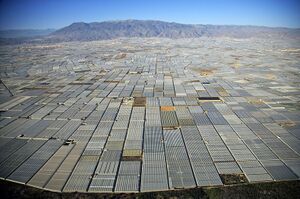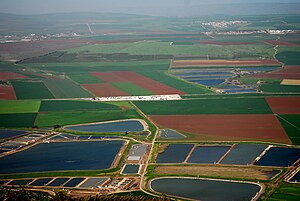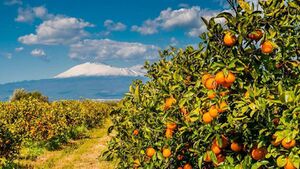Agriculture in Khyragus

Agriculture in Khyragus is a major and highly developed industry accounting for approximately 3% of the total GDP. Much of Khyragus is well suited for agricultural use. Khyragus is a net exporter of food and a leading developer of agricultural technology. The primary crops cultivated are rice, sugarcane, potatoes, and algae, however, Khyragus exports large quantities of tropical fruits, coffee. and tobacco.
History
Paragraph on ancient farming
Paragraph on middle ages farming
Revolutionary Farming
Farm Types
Production
| Millions of Tonnes in | 2020 |
|---|---|
| Rice | 65.2 |
| Sugar cane | 47.8 |
| Potatoes | 32.5 |
| Microalgae | 24.1 |
| Maize | 15.3 |
| Citrus | 11.8 |
| Fruit (other) | 9.6 |
| Bananas | 4.1 |
| Vegetables (combined) | 3.3 |
| Oats | 3.1 |
| Chicken meat | 2.9 |
| Hen eggs | 1.4 |
| Quinoa | 0.8 |
| Legumes | 0.6 |
Major Agricultural Products
Food Crops
>>Below needs to be re-organized/re-written<<<
>>>Grain crops

Rice, potatoes, and maize constitute Khyragus's main staple crops. Rice is generally grown in wetlands along the western side of the Okofil Mountains, where heavy rainfall and steady river flow provide plentiful water supplies. Golden rice and Basmati are the primary rice cultivars produced, however, several other varieties are grown.
Maize, and oats are grown in the more arid plains region in the northeast of Khyragus. These crops cover approximately 8% of Khyragus's farmland and are usually grown with extensive irrigation systems and are important industrial crops.
>>>Legume crops Legumes, primarily peanuts, are.... etc.
>>>Vegetable crops
>>>Orchard/fruit crops

